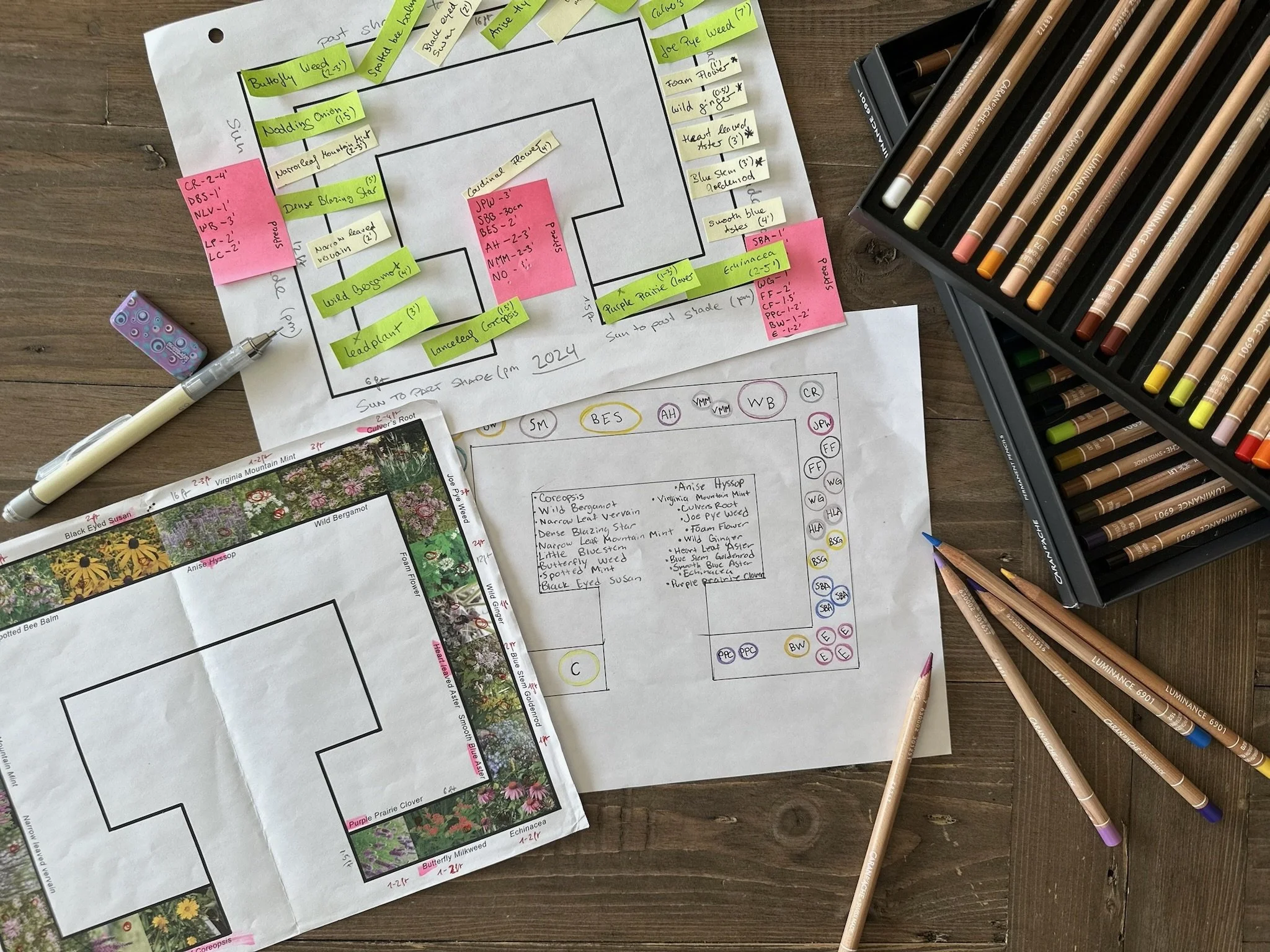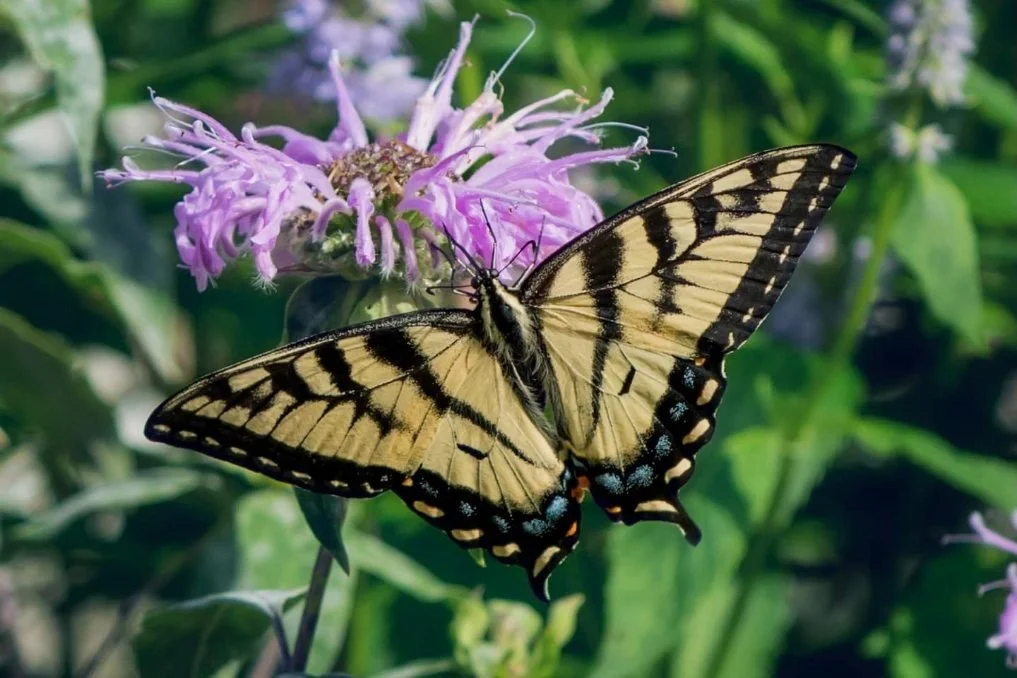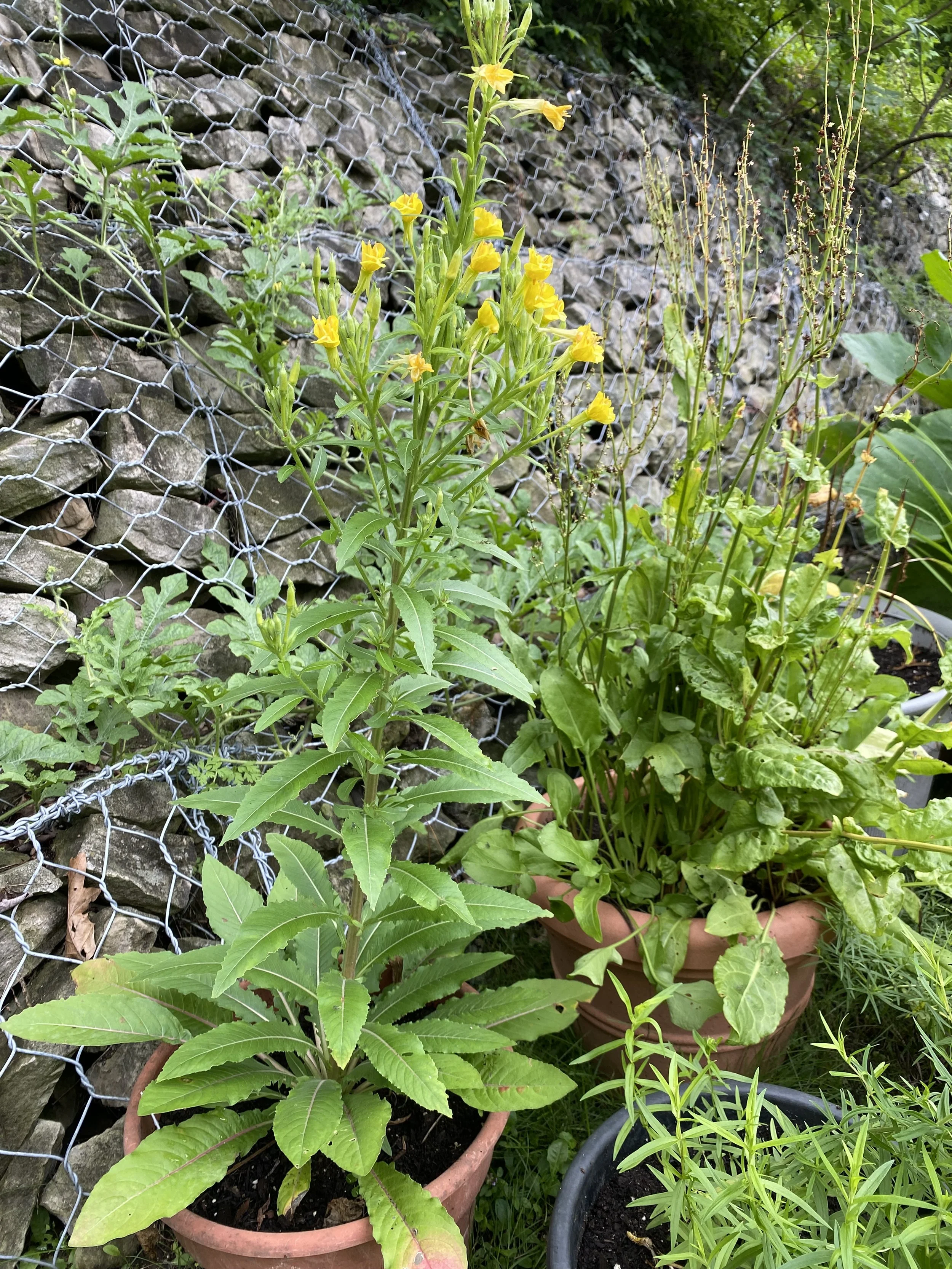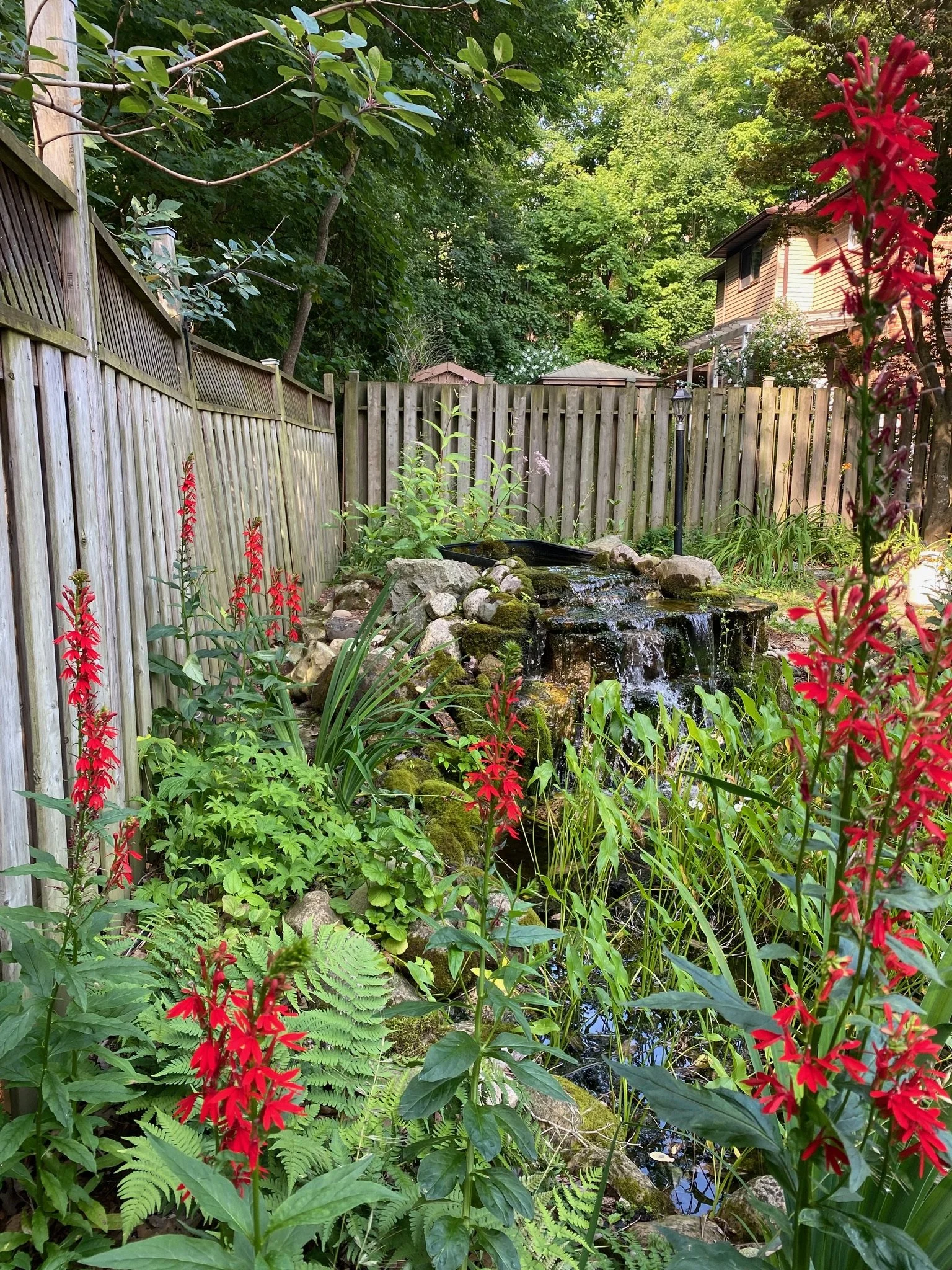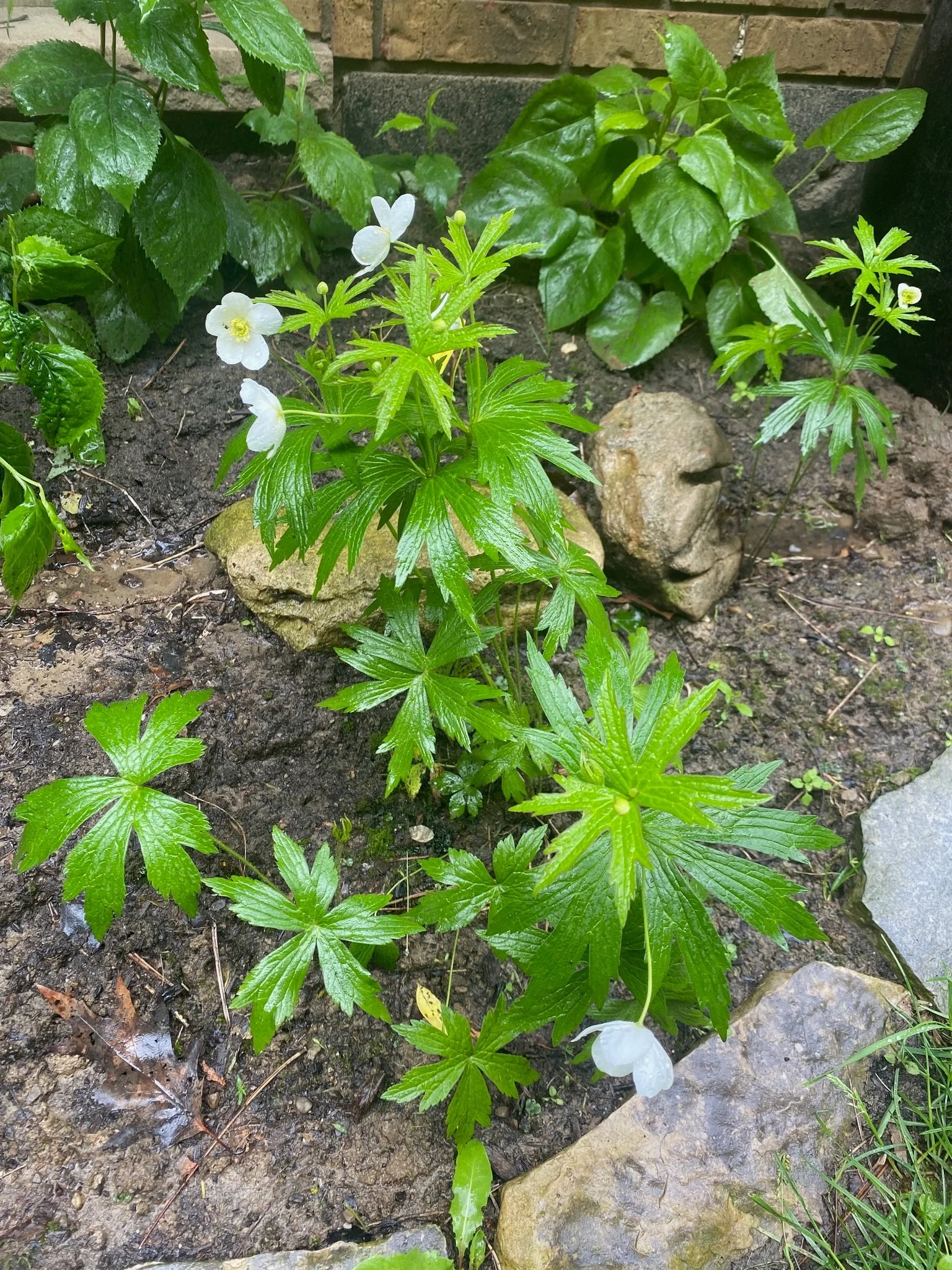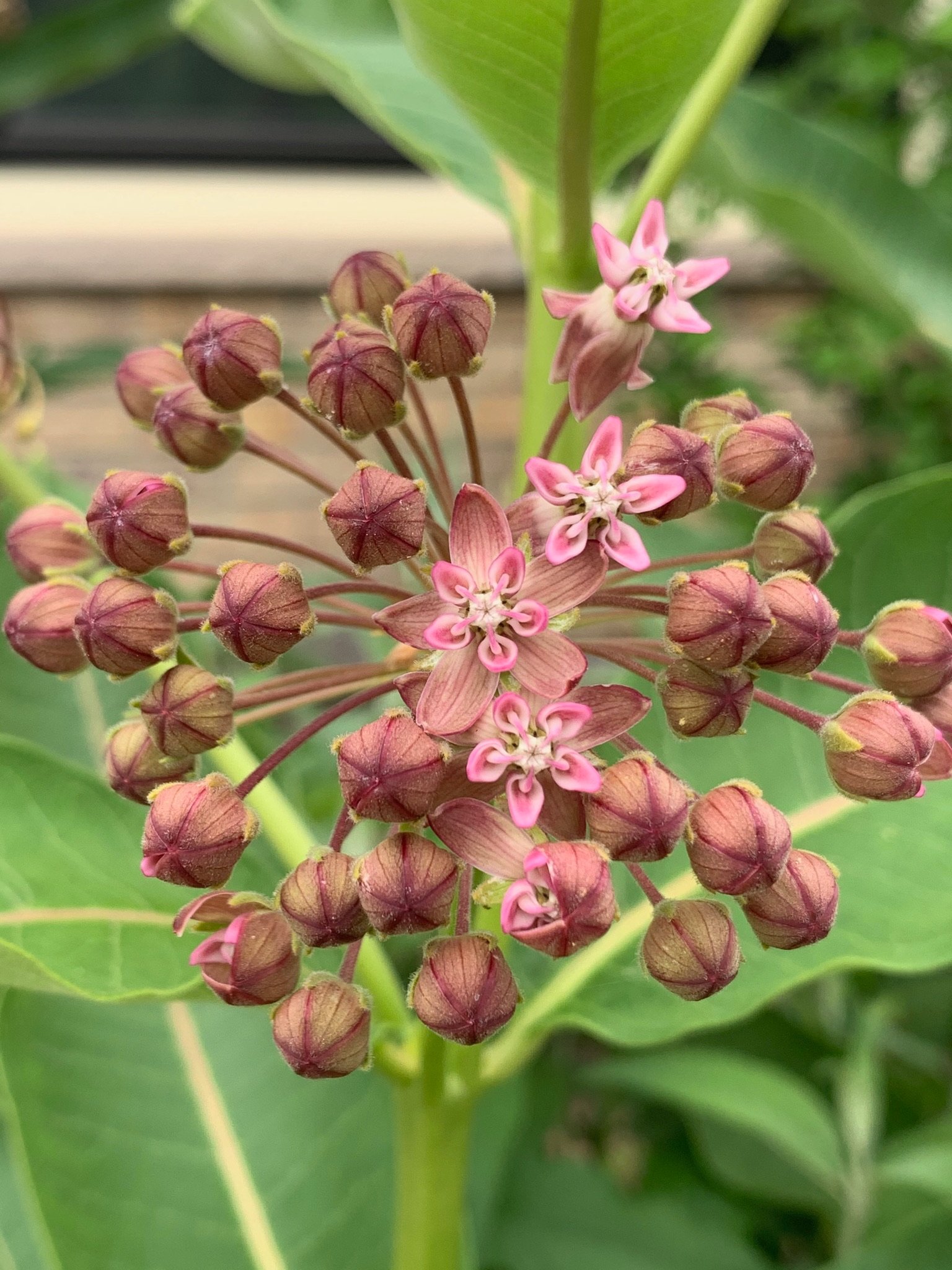
Planning Your Native Garden
Planning your native garden is similar to planning your vegetable garden—you’ll need to understand your growing conditions to select the right plants.
The first thing to understand is what plants are native to your region, and to do that, it’s best to look for your local ecoregion. You can use online tools to find your local ecoregion. Plants that are native to your specific ecoregion are well-adapted to the local climate, soil, and wildlife, making them more likely to thrive with less maintenance and resource use. They also support local biodiversity by providing habitat and food for native insects, birds, and other wildlife.
Thanks to the internet, it has become much easier to search for native plants specific to your ecoregion. We are located in the Carolinian forest region, and if you are too, then you’re in luck as we’ll give plenty of examples for our ecoregion.
The beauty of native plants is that they pretty much grow everywhere, as long as you select the right type for your spot. To identify your spot, check out our previous posts on Finding The Right Spot and Growing Conditions. Once you know things like sunlight, soil type, moisture level, and deer and rabbit foot traffic, you’re pretty much ready to go.
If you are reading our continuing posts on Pollinators, you should know by now that “season-round” flowers are crucial for their survival. But did you know that this also has the added benefit of creating seasonal interest? Whenever we design a garden, our goal is to ensure that our planting scheme brings interest throughout the year—not just in midsummer!
When thinking about seasonality, it’s important to embrace decay. Faded brown seed heads can look incredible in the winter light and offer food for birds, shelter for insects, and much more interest than bare earth!
Before jumping into the actual work of planning your native garden, let’s quickly talk about layering. A good garden plan is made up of a series of planting layers. Take inspiration from nature by looking at a forest, which consists of a tree canopy, a shrub understory, and a ground layer. You can also factor in layering in terms of heights. For example, if your plot backs onto a wall, fence, or hedge, focus on the tallest plants at the back and gradually decrease the height as you reach the front of the border. If you create a “floating island,” the height is typically in the centre.
Two more tips before moving on are to repeat and cluster, and avoid straight lines. One of the main reasons professional gardens look so good is that they rely heavily on repetition. Repeating plants, shapes, textures, or colours gives a sense of cohesion and rhythm. Avoid straight lines at all costs—you rarely find straight lines in nature! Instead, arrange plants in naturally flowing lines.
One of the best ways to ensure that you have plants for your conditions and all throughout the seasons is to create a spreadsheet with plants listed on the left and all the relevant information to the right. If you would like to check out our spreadsheet example, feel free to print it and use it.
We have also taken the work out for anyone living in the same region as us by uploading examples of plant lists for specific garden conditions (see Examples Of Native Garden Types below), as well as publishing year-round food sources for specific native pollinators here. Your garden can host a variety of helpful insects beyond just pollinators. To explore specific beneficial species and discover ways to build a sustainable ecosystem for them, read more here.
Once you have your plant list, it’s time to measure and draw. Follow our steps for measuring your space and drawing your outline here.


